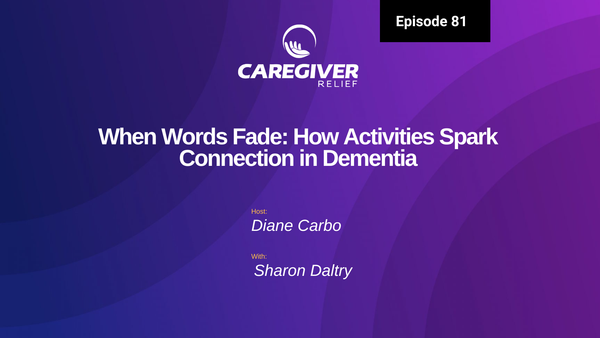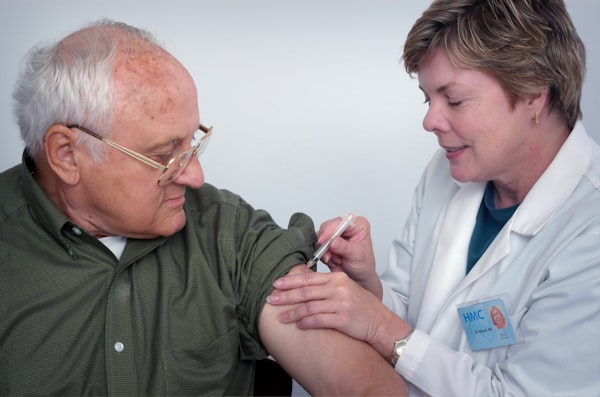Dementia Rating Scale
Dementia is a progressive disease that affects memory, thinking, and behavior. Health professionals use dementia rating scales to determine the stages of cognitive impairment and assess the progression of the disease.

Dementia is a progressive condition that impacts individuals differently as it advances. Health professionals rely on dementia rating scales to assess the stages of dementia. The most common scales include the Global Deterioration Scale (GDS), Functional Assessment Staging Test (FAST), and the Clinical Dementia Rating Scale.
Global Deterioration Scale (GDS) - The Reisberg Scale: The GDS, often referred to as the Reisberg Scale, categorizes dementia into seven stages of cognitive impairment. Let's explore these stages:
- Stage 1: No memory loss or cognitive impairment, no dementia.
- Stage 2: Minimal cognitive impairment associated with aging.
- Stage 3: Mild cognitive impairment with noticeable memory issues and difficulty concentrating.
- Stage 4: Early-stage dementia with moderate cognitive decline.
- Stage 5: Mid-stage dementia with moderately severe impairment.
- Stage 6: Mid-stage dementia with severe impairment, requiring extensive assistance.
- Stage 7: Late-stage dementia with very severe brain impairment and extensive care needs.

Functional Assessment Staging Test (FAST): FAST, developed by Dr. Barry Reisberg, assesses a person's functional abilities and daily living tasks rather than just cognitive decline. The stages include:
- Normal adult functioning.
- Older adult with appropriate functional decline.
- Early dementia, experiencing job-related difficulties.
- Mild dementia, needing help with complex tasks.
- Moderate dementia, requiring assistance with choosing clothes.
- Moderately severe dementia, needing extensive help with daily tasks.
- Severe dementia, struggling with basic activities.
Clinical Dementia Rating Scale (CDR): The CDR combines cognitive and functional abilities and evaluates a person in six domains:
- Memory loss.
- Knowledge of time and place.
- Problem-solving skills.
- Community affairs.
- Home and hobbies.
- Personal care.
This scale assigns a rating from zero (no dementia) to three (severe dementia).
Seeking Evaluation:
If you notice behavioral or personality changes in your loved one, it's essential to consult a physician for a comprehensive evaluation. No single test can definitively diagnose dementia. A doctor will consider various factors and administer a dementia rating scale to determine the stage and type of dementia.
Understanding dementia rating scales is crucial for providing appropriate care and support to those affected by this condition.
Sources
http://www.alz.org/alzheimers_disease_stages_of_alzheimers.asp
http://www.crisisprevention.com/Resources/Article-Library/Dementia-Care-Specialists-Articles/The-Adapted-FAST–Introduction-and-Application
http://www.assessmentpsychology.com/geriatricscales.htm
You might also like this article:






